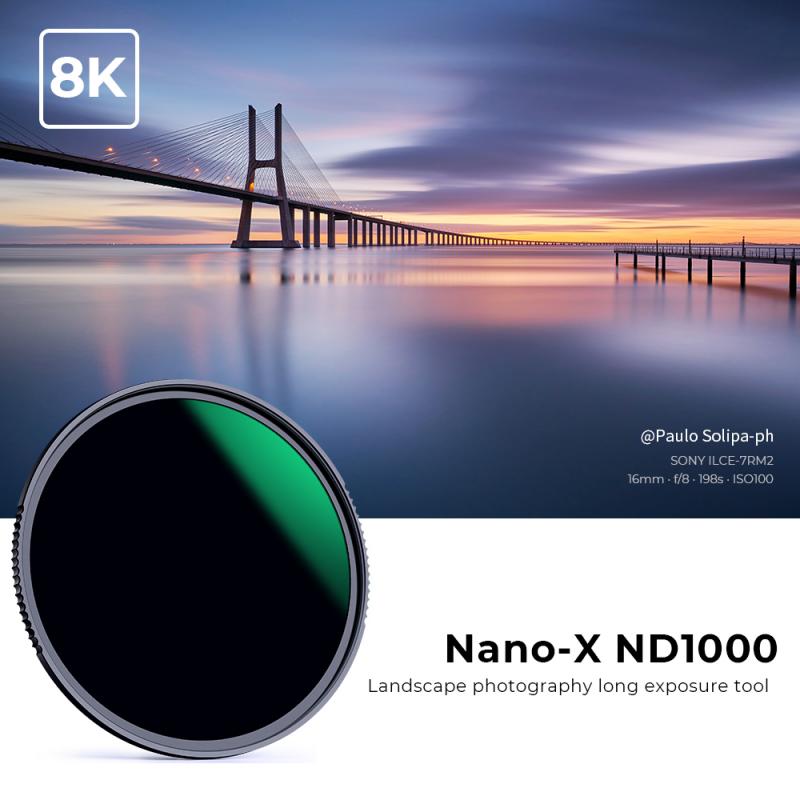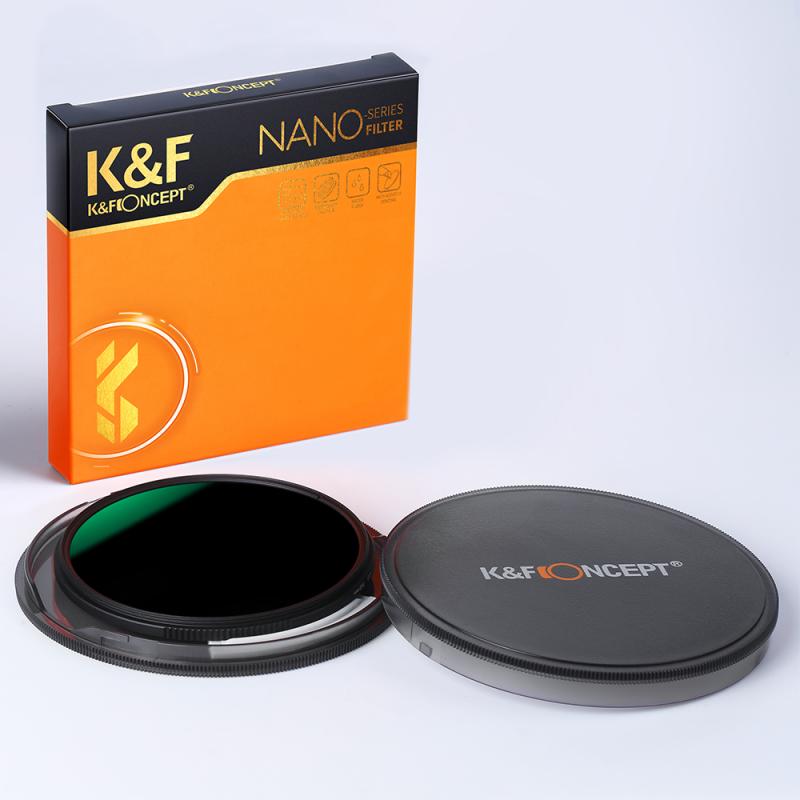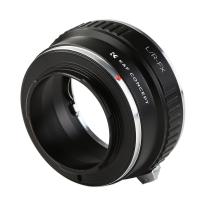What Is The Resolution Of Optical Microscope ?
The resolution of an optical microscope is limited by the wavelength of light used to illuminate the sample and the numerical aperture of the objective lens. The theoretical limit of resolution for a light microscope is approximately half the wavelength of light used, which is around 200-300 nanometers for visible light. However, in practice, the resolution is often worse due to factors such as aberrations in the lens and scattering of light by the sample. Modern optical microscopes can achieve resolutions of around 50-100 nanometers using techniques such as confocal microscopy and super-resolution microscopy.
1、 Magnification
The resolution of an optical microscope refers to its ability to distinguish two closely spaced objects as separate entities. It is determined by the wavelength of light used and the numerical aperture of the objective lens. The theoretical limit of resolution for a light microscope is approximately 200 nanometers, which means that two objects closer than 200 nanometers cannot be distinguished as separate entities.
However, recent advancements in microscopy techniques have pushed the limits of resolution beyond the theoretical limit. Super-resolution microscopy techniques such as stimulated emission depletion (STED) microscopy, structured illumination microscopy (SIM), and single-molecule localization microscopy (SMLM) have enabled researchers to achieve resolutions as low as 20 nanometers.
Magnification, on the other hand, refers to the degree to which an object is enlarged by the microscope. It is determined by the ratio of the size of the image produced by the microscope to the size of the object being viewed. Magnification alone does not determine the resolution of the microscope.
In summary, while the theoretical limit of resolution for an optical microscope is approximately 200 nanometers, recent advancements in super-resolution microscopy techniques have pushed the limits of resolution beyond this limit. Magnification, on the other hand, refers to the degree of enlargement of the object being viewed and does not determine the resolution of the microscope.

2、 Numerical aperture
The resolution of an optical microscope is determined by the numerical aperture (NA) of the objective lens. The NA is a measure of the lens' ability to gather light and resolve fine details in the specimen. The higher the NA, the better the resolution of the microscope.
The resolution of an optical microscope is limited by the diffraction of light. This means that the smallest resolvable feature is determined by the wavelength of light used and the NA of the lens. In general, the resolution of an optical microscope is limited to about 200 nanometers, which is the size of a small bacterium.
However, recent advances in microscopy techniques have pushed the limits of resolution beyond the diffraction limit. Super-resolution microscopy techniques, such as stimulated emission depletion (STED) microscopy and structured illumination microscopy (SIM), have enabled researchers to visualize structures as small as a few nanometers.
These techniques work by manipulating the fluorescence properties of the specimen and the microscope optics to overcome the diffraction limit. STED microscopy uses a laser to de-excite fluorescent molecules in the periphery of the focal spot, creating a smaller effective spot size. SIM uses patterned illumination to extract high-resolution information from the specimen.
In conclusion, while the resolution of an optical microscope is limited by the diffraction of light, recent advances in super-resolution microscopy techniques have enabled researchers to visualize structures beyond the diffraction limit. These techniques have opened up new avenues for studying biological systems at the nanoscale level.

3、 Resolving power
The resolution of an optical microscope refers to its ability to distinguish two closely spaced objects as separate entities. It is also known as the resolving power of the microscope. The resolving power of an optical microscope is determined by the wavelength of light used and the numerical aperture of the objective lens. The theoretical limit of resolution for a light microscope is approximately 200 nanometers, which is the size of a small bacterium. However, with the use of advanced techniques such as confocal microscopy and super-resolution microscopy, it is now possible to achieve resolutions of up to 20 nanometers.
Confocal microscopy uses a pinhole to eliminate out-of-focus light, resulting in sharper images with improved resolution. Super-resolution microscopy, on the other hand, uses fluorescent molecules that can be switched on and off to create images with resolutions beyond the diffraction limit of light. These techniques have revolutionized the field of microscopy, allowing scientists to study biological structures and processes at the molecular level.
In conclusion, the resolution of an optical microscope is determined by the wavelength of light used and the numerical aperture of the objective lens. While the theoretical limit of resolution is approximately 200 nanometers, advanced techniques such as confocal microscopy and super-resolution microscopy have pushed the boundaries of what is possible, allowing for imaging at the molecular level.

4、 Contrast
The resolution of an optical microscope refers to its ability to distinguish two closely spaced objects as separate entities. The resolution of an optical microscope is limited by the diffraction of light, which means that the smallest distance between two objects that can be resolved is approximately half the wavelength of the light used to observe them. For visible light, this limit is around 200 nanometers.
However, contrast is also an important factor in microscopy. Contrast refers to the difference in brightness or color between an object and its background. Without sufficient contrast, it can be difficult to distinguish an object from its surroundings, even if the resolution is high.
Recent advances in microscopy techniques have allowed for improved contrast and resolution. For example, super-resolution microscopy techniques such as stimulated emission depletion (STED) microscopy and structured illumination microscopy (SIM) can achieve resolutions beyond the diffraction limit of light. These techniques use clever tricks to manipulate the light and extract more information from the sample.
In addition, new contrast-enhancing techniques such as phase contrast and differential interference contrast (DIC) microscopy have been developed. These techniques use variations in the phase or polarization of light to create contrast between different parts of the sample.
Overall, while the resolution of an optical microscope is limited by the physics of light, advances in microscopy techniques continue to improve our ability to observe and understand the microscopic world.







































